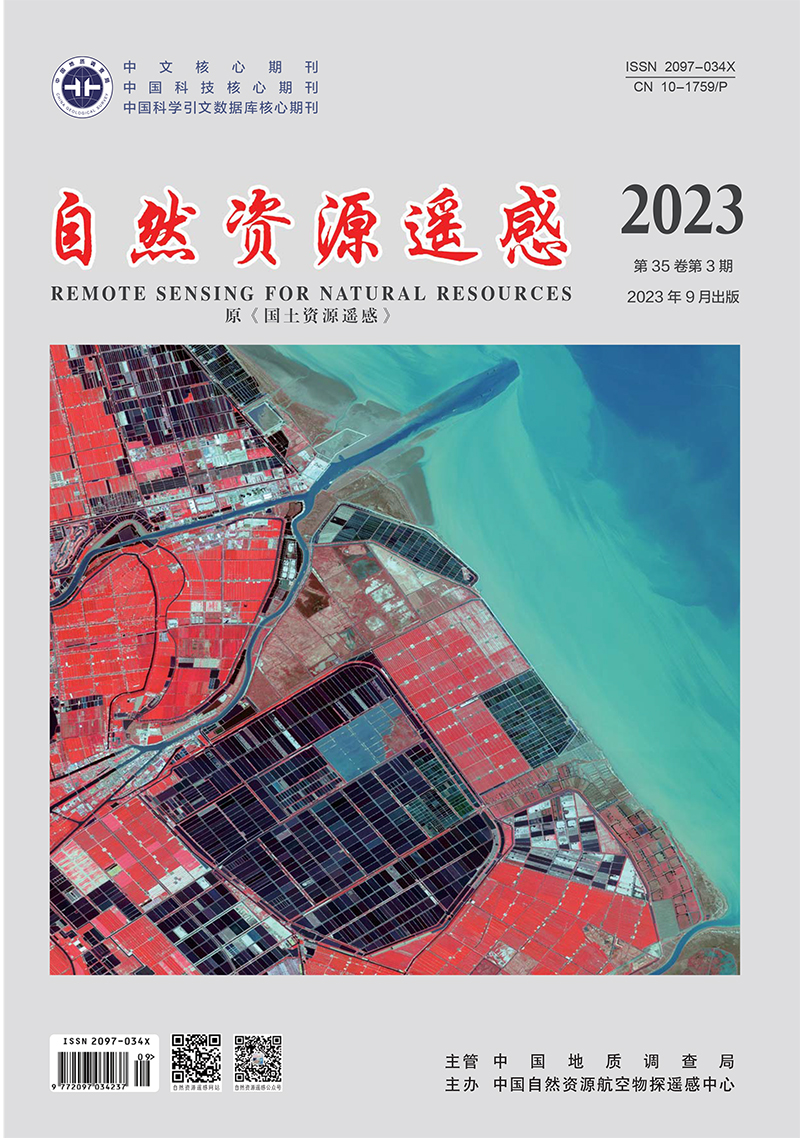ZHAO Anzhou, ZHANG Xiangrui, XIANG Kaizheng, LIU Xianfeng, ZHANG Jinghan. 2023. Analyzing the spatio-temporal evolution patterns of urbanization in the Loess Plateau based on night light data and statistical data. Remote Sensing for Natural Resources, 35(3): 253-263. doi: 10.6046/zrzyyg.2022222
| Citation: |
ZHAO Anzhou, ZHANG Xiangrui, XIANG Kaizheng, LIU Xianfeng, ZHANG Jinghan. 2023. Analyzing the spatio-temporal evolution patterns of urbanization in the Loess Plateau based on night light data and statistical data. Remote Sensing for Natural Resources, 35(3): 253-263. doi: 10.6046/zrzyyg.2022222
|
Analyzing the spatio-temporal evolution patterns of urbanization in the Loess Plateau based on night light data and statistical data
-
1. School of Mining and Geomatics, Hebei University of Engineering, Handan 056038, China
-
;2. Research Center of Water Ecological Civilization and Social Governance of Hebei Province, Hebei University of Engineering, Handan 056038
-
;3. School of Geography and Tourism, Shaanxi Normal University, Xi’an 710119, China
-
Abstract
Research on the spatio-temporal evolution of urbanization is significant for optimizing the spatial structure of a city. Through the saturation and consistency correction of DMSP/OLS and NPP/VIIRS data, this study constructed a remote sensing dataset of night light in the Loess Plateau from 2000 to 2019. Then, this study calculated the compound night light index (CNLI) on different spatial scales and extracted the area of build-up areas in the Loess Plateau using a dichotomy method. Furthermore, this study analyzed the spatial evolution patterns using methods such as standard deviational ellipse (SDE). The results are as follows: ① The CNLI calculated from night light data correlated strongly with the urbanization development index (UDI) and various sub-indicators. ② The CNLI values of the Loess Plateau and five urban agglomerations showed significant upward trends during 2000—2019 and spatial downward trends from southeast to northwest. ③ The area of build-up areas in the Loess Plateau extracted using the dichotomy method had mean absolute and relative errors of 2.45 km2 and 3.72%, respectively. ④ The focus of the built-up areas in the Loess Plateau showed a southeastward shifting trend during 2000—2019, with the SDE-covered area decreasing significantly (slope = 0.0107 km2/a; p < 0.01) and the azimuth angle changing from northeastern 83.33° to 88.37°. The results of this study can provide data support and a methodological reference for investigating the spatio-temporal patterns of urbanization in the Loess Plateau and other ecologically vulnerable areas.
-

-
-
Access History







 DownLoad:
DownLoad: